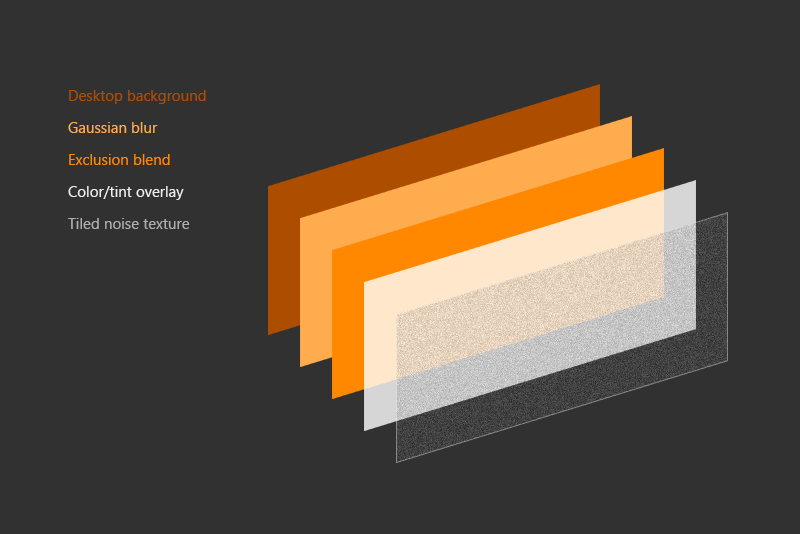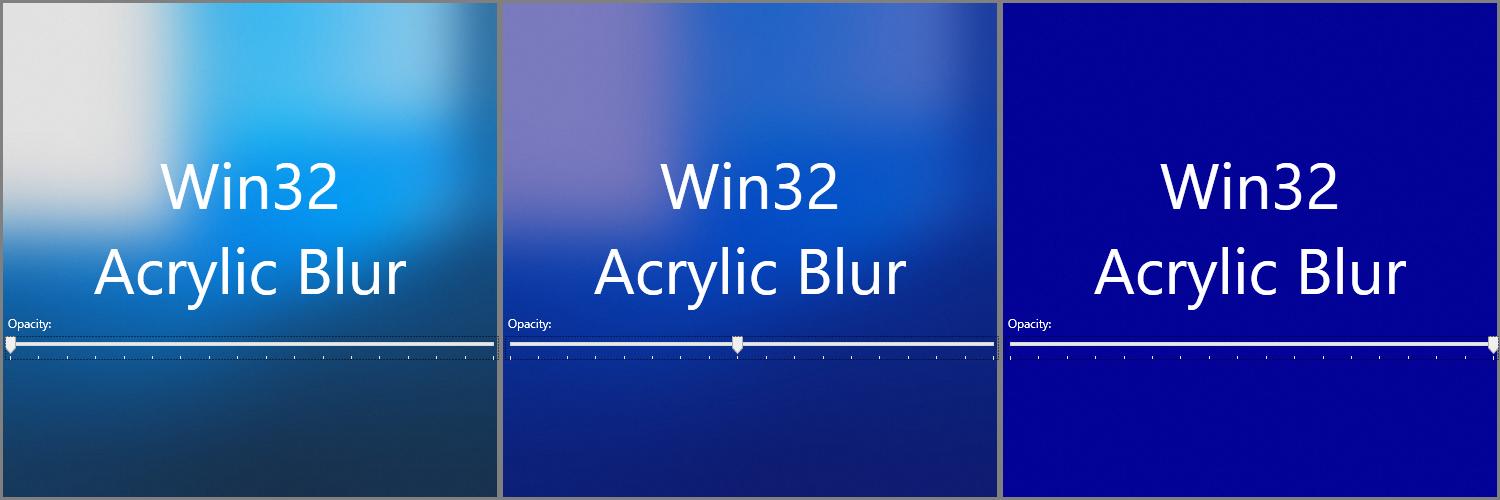As mentioned in @zett42's answer, I think it is implemented using DirectComposition.
A little bit of history: With Vista, Microsoft introduced the Desktop Window Manager, DWM, which is a compositing engine for the Desktop. With DWM, windows draw to textures, which are then combined in the DWM. The benefits are that you can get fancy effects like 3D animations, transparency, etc. and everything is double-buffered, so you get no rendering artifacts.
The DWM originally was based on MIL (Media integration layer), which was a scenegraph API I think. Interestingly, WPF which was introduced around that time also used MIL. This was really cool because DWM could see the scene graph of a WPF window, and when it would so effects, such as zooming in a window, it would see it as vectors and not as a bitmap, so it could scale it without artifacts. However, at some point Microsoft forked the version of MIL used in WPF, and this integration was lost.
Fast forward a few years to Windows 8. Microsoft introduced new "Metro" apps (later "Modern", and now "UWP"). Under the hood, these modern apps use a new API for composition, DirectComposition. This API is also available to Win32 apps, and it is now used by DWM itself. If you look at the public DWM functions, some related to MIL are deprecated, so it supports my theory that MS moved away from MIL and towards DC. So now that we are in the initial situation again where apps as well as the DWM use the same infrastructure, we can easily add some interesting effects.
At some point, MS has introduced new blending effects to DirectComposition, provided by the IDCompositionDevice3 interface. Among those is a gaussan blur effect, but also noise, tint, and other effects neccessary. I found a way to apply these effects within my window, but I don't know how to apply them to my window. Unfortunately, I don't have access to my code right now, I'll update my answer when I do.
I based my exploration on the article Efficient Alpha-Blended Windows: DirectComposition. Basically, you have a "Device" corresponding to the screen, and a "Visual" corresponding your window contents. What you have to change is:
- Your Device can create Effects for you. Remember to
QueryInterface it to IDCompositionDevice3.
- Then, you can call
SetEffect on your IDCompositionVisual3.
However, as I said, this only applies to the window contents. I think there must be a secret API to get a parent Visual to the current window from the DWM, and then it should be just a matter of calling SetEffect on that Visual to get the effect. If somebody is skilled with a debugger, it should be possible to find that API by tracing a UWP app that uses the Acyllic effect.
As a shot in the blue, I would look at the GetWindowCompositionAttribute function. It recently gained some interesting sounding flags, such as WCA_VISUAL_OWNER.


